"National Museum Of Pakistan" Tour Episode 01
1 comment
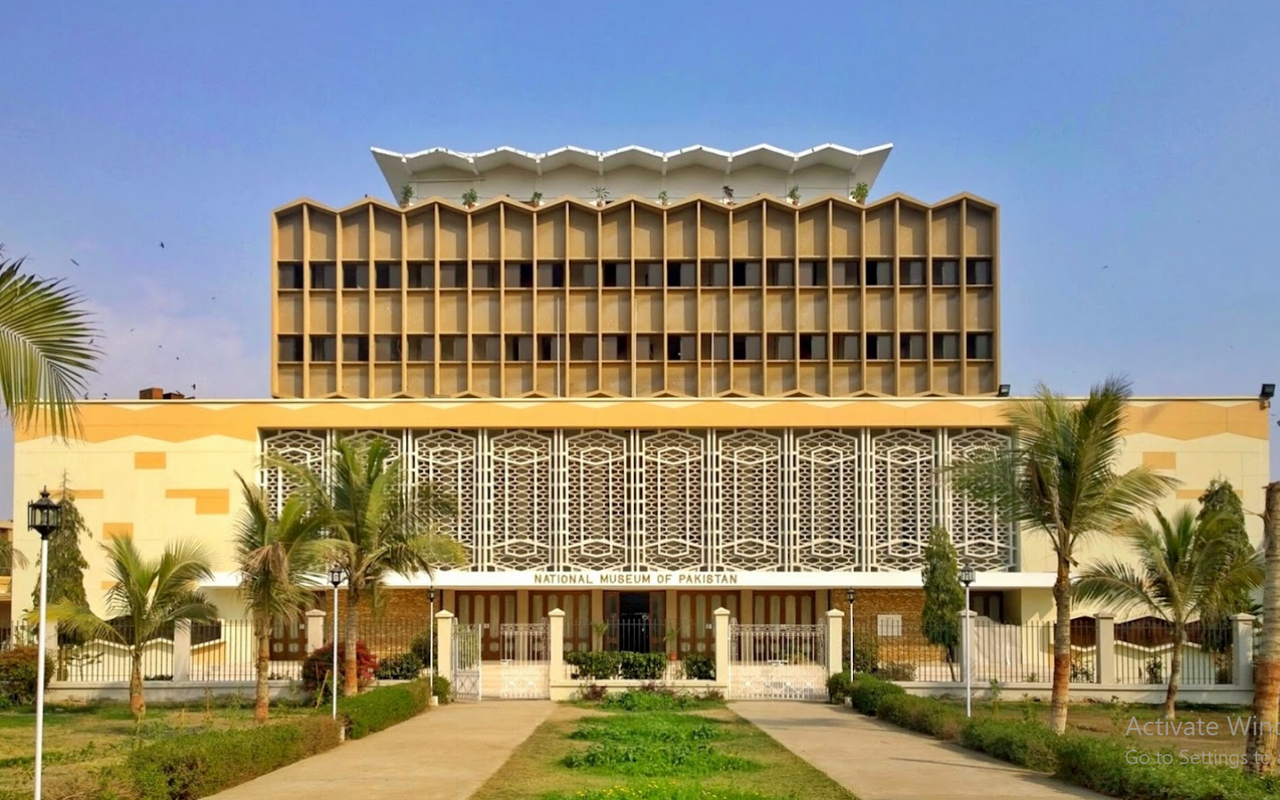
The National Museum of Pakistan is a treasure trove of Pakistan's rich cultural heritage. With its vast collection of artifacts spanning thousands of years, it offers visitors a unique opportunity to learn about and appreciate the diverse cultural traditions of Pakistan. Located in the heart of Karachi, the museum is one of the most important museums in South Asia, attracting visitors from all over the world.
History
The National Museum of Pakistan was established in 1949, shortly after the creation of Pakistan as an independent country. The museum was originally housed in a small building, but it quickly outgrew its space as the collection grew.
In 1950, the government of Pakistan allocated a large plot of land in Karachi to the museum, and construction began on a new building. The new building was completed in 1955, and it remains the home of the museum to this day.
8-foot-long stegodon tusk found in Pakistan
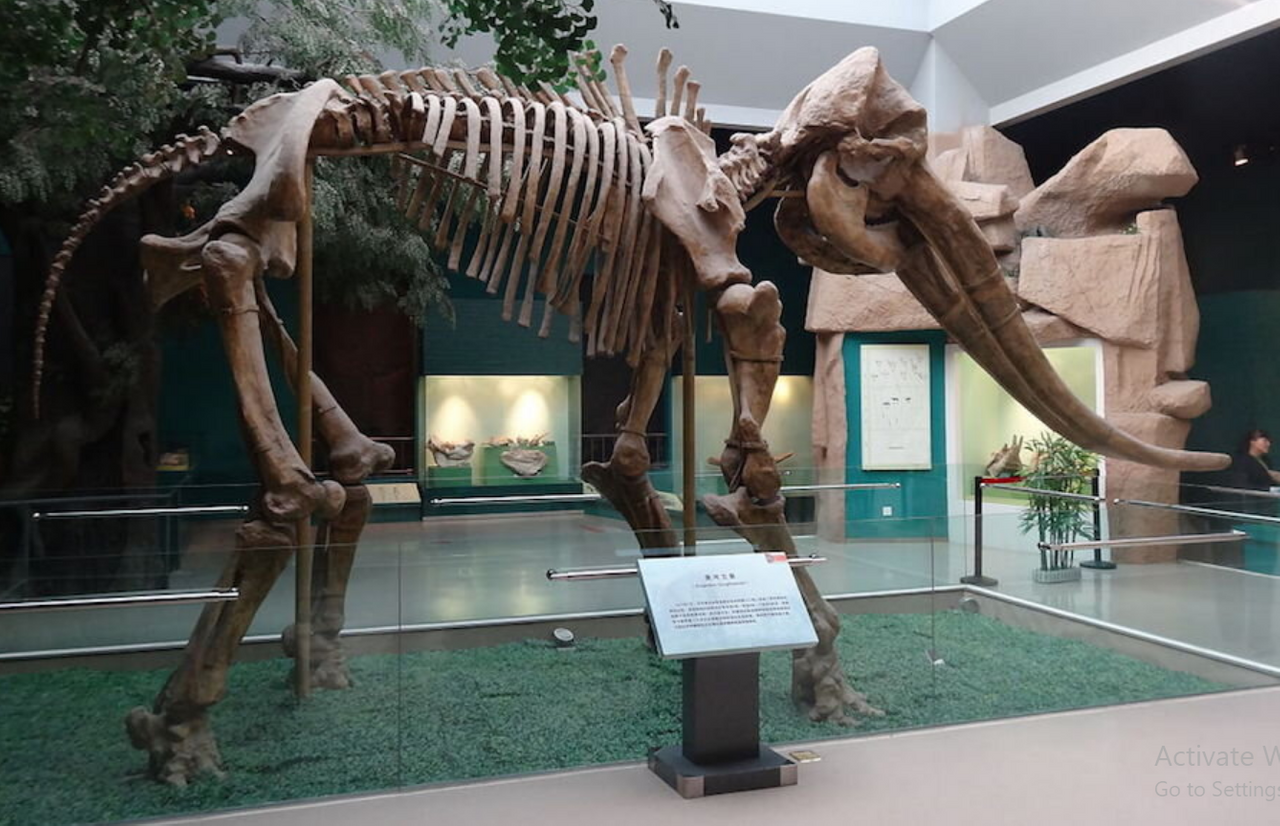
Collections
The National Museum of Pakistan is home to a vast collection of artifacts that span the history and culture of Pakistan. The collections are organized into four main sections: Prehistory and Ancient History, Islamic Art and Culture, Ethnology, and Modern Art.
Prehistory and Ancient History
The Prehistory and Ancient History section of the museum is home to some of the most important artifacts from the Indus Valley Civilization, one of the world's oldest and most advanced civilizations. The collection includes pottery, seals, and sculptures from the Harappan period, as well as artifacts from the Gandhara Civilization, which flourished in the region from the 1st century BC to the 5th century AD.
One of the most impressive artifacts in the Prehistory and Ancient History section is the Dancing Girl statue. This bronze statue, dating back to the 3rd millennium BC, is one of the most iconic artifacts from the Indus Valley Civilization.
Islamic Art and Culture
The Islamic Art and Culture section of the museum is home to a wide range of artifacts from the Mughal and other Islamic dynasties of Pakistan. The collection includes calligraphy, textiles, ceramics, and metalwork, showcasing the incredible craftsmanship of these civilizations.
One of the most impressive artifacts in the Islamic Art and Culture section is the throne of Maharaja Ranjit Singh. This throne, made of gold and inlaid with precious stones, was created for the Sikh ruler Maharaja Ranjit Singh in the early 19th century.
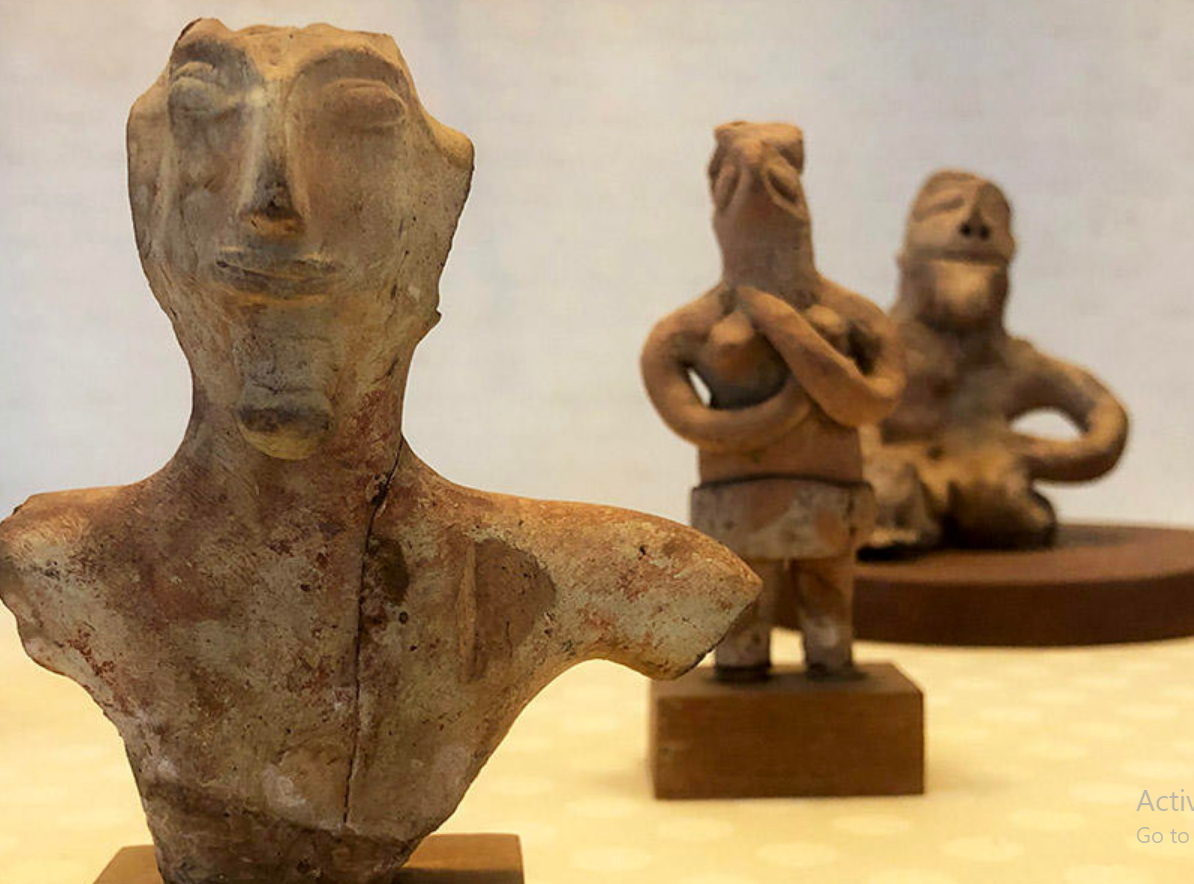
Ethnology
The Ethnology section of the museum highlights the cultural diversity of Pakistan through its traditional costumes, jewelry, and other handicrafts. The collection includes items from all over Pakistan, showcasing the different cultures and traditions of the country.
One of the most interesting exhibits in the Ethnology section is a recreation of a traditional Pakistani village. The exhibit includes a traditional mud house, a courtyard, and various artifacts and tools used in village life.
Weapons and Cars
The museum also has an extensive collection of weapons and cars, which showcases Pakistan's military and industrial history. The weapons collection includes swords, guns, and other weapons from various periods of Pakistani history. The car collection includes vintage cars and motorcycles, as well as a selection of military vehicles.
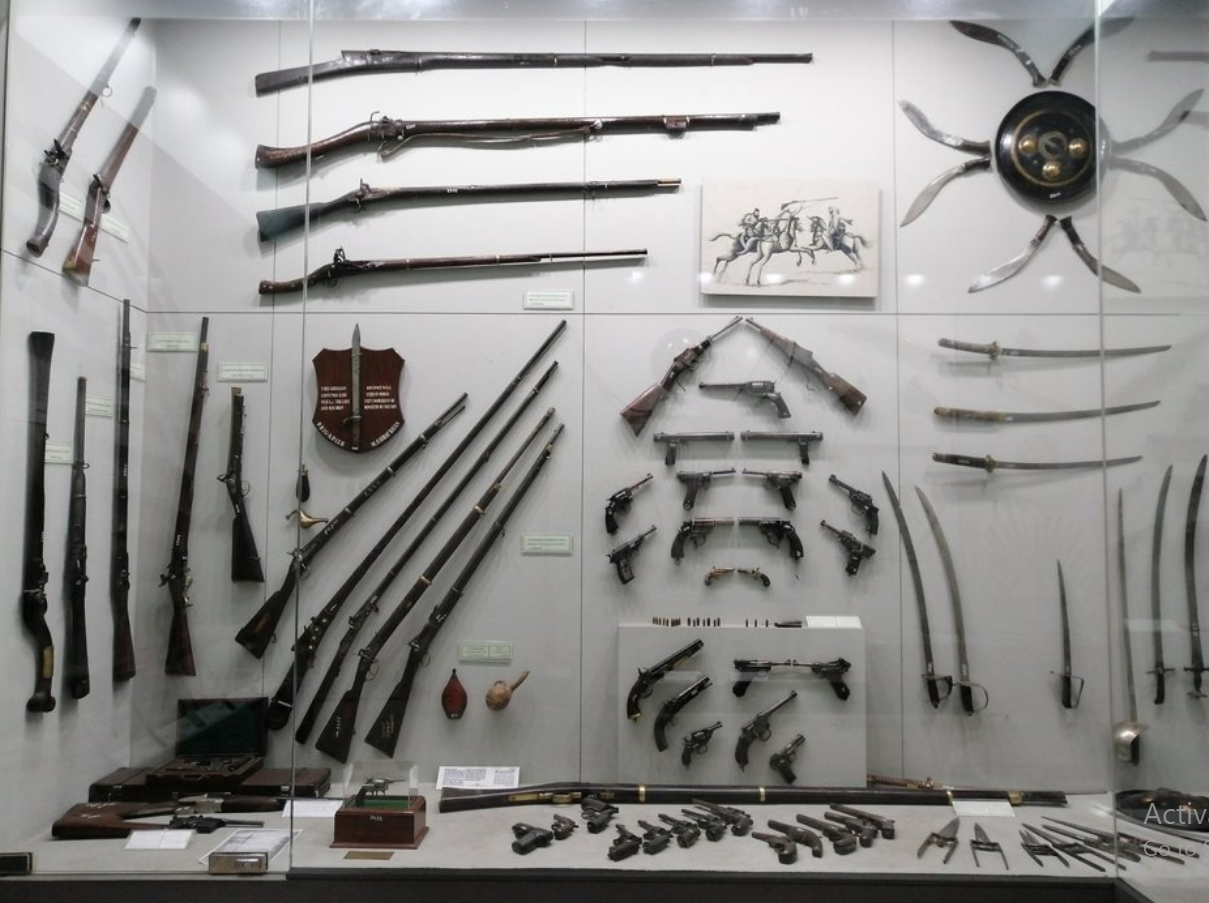
One of the most interesting exhibits in the weapons collection is the sword of Tipu Sultan. This sword belonged to the ruler of the Kingdom of Mysore, who fought against the British East India Company in the late 18th century.
Village Life
Village life is a unique and fascinating aspect of human civilization. It is the life of people living in small communities, often surrounded by farmland, forests, and other natural elements. Village life is different from city life in many ways. While cities are known for their hustle and bustle, bright lights, and modern amenities, village life is marked by simplicity, tradition, and a slower pace of life.
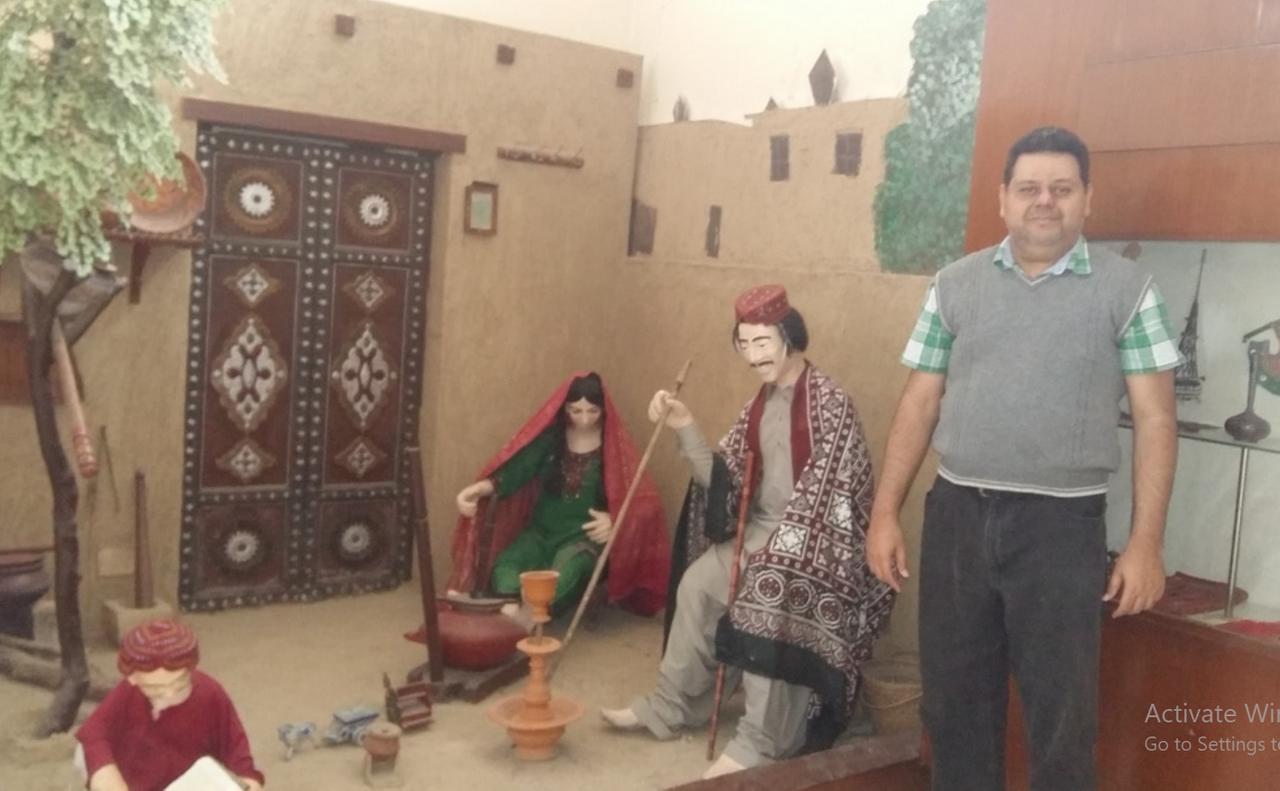
One of the most striking features of village life is its close-knit community. Unlike in the city, where people may be anonymous or even isolated, villagers know each other and often share close relationships. This sense of community fosters a strong sense of belonging and identity, which is vital to people's well-being. Villagers work together to ensure their community's survival, whether by farming, trading, or other means. They also rely on each other for social support, creating a sense of togetherness that is often absent in urban areas.
Comments